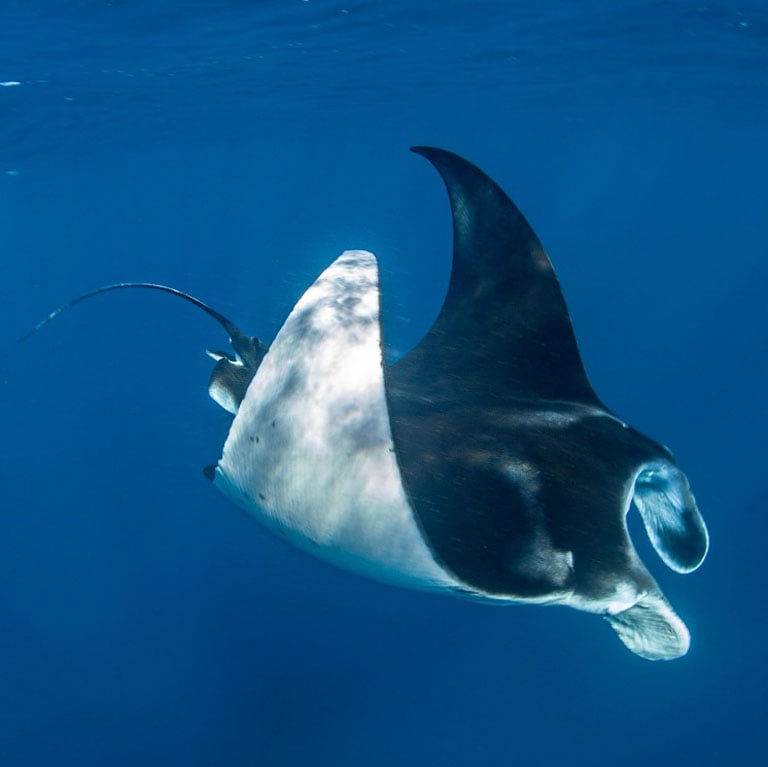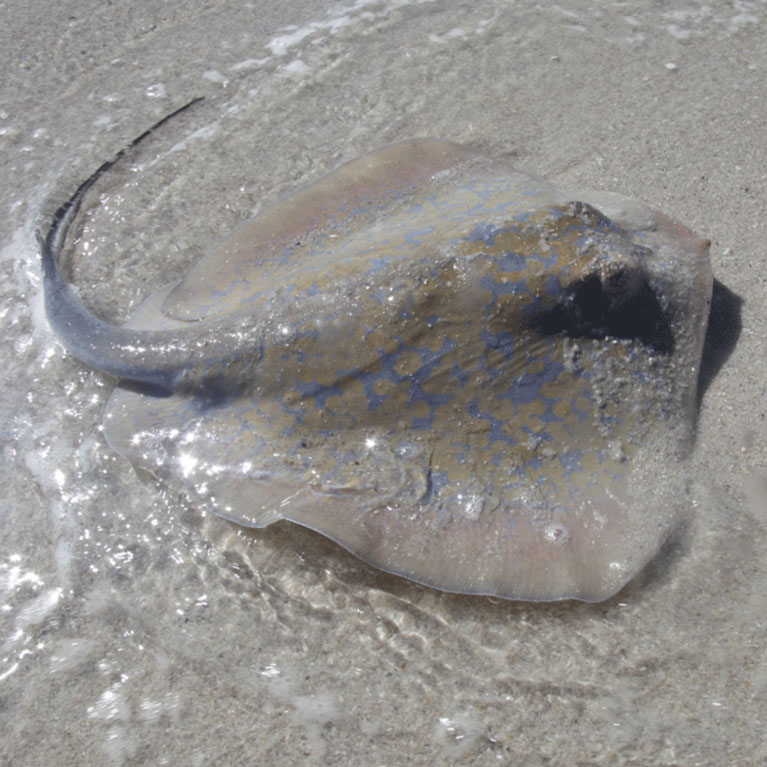The Acoustic Tracking Array Platform
The ATAP covers thousands of kilometres of the Southern African coast. Scientists are able to use this collaborative array to paint a picture of how fish and shark species behave along the coastline to better manage and protect them in the future.
As a child, I never knew what I wanted to do when I grew up, but a researcher in the academic world most certainly wasn’t it, let alone a researcher studying fish. However, in 2007 a friend suggested I take ichthyology as my third subject in my second year of university. I knew nothing about fish other than that they lived underwater, but I decided I had nothing to lose and started something that turned out to be my absolute passion. Throughout my university years, I jumped between subjects that ranged from working out how much illegal fishing...























The Acoustic Tracking Array Platform (ATAP): a nationwide marine science platform
To assist researchers who are investigating the movements and migrations of marine and estuarine fish, mammals and birds using acoustic telemetry. The platform comprises a network of strategically placed acoustic receivers (listening stations) to detect acoustically tagged animals and enable researchers to monitor their movements and migrations.
South Africa is a biodiversity hotspot boasting a high degree of endemic marine species that are biogeographically restricted by the presence of two contrasting boundary currents. The Acoustic Tracking Array Platform (ATAP) provides a fantastic opportunity to study multiple-year migration patterns and shed light of the possible effects of climate change.
The ATAP will significantly enhance the collection of data – both presence and absence data – from all acoustically tagged animals. Several significant projects are currently underway and include a suite of species, ranging from small estuarine resident fish (e.g., Cape stumpnose) to important migratory fish species (e.g., leervis) and large apex predators (e.g., white sharks). Most of these studies have been spatially restricted due to poor acoustic coverage at a regional and national level.
The main habitats that will be covered by the ATAP receiver network include estuaries (20 permanently open systems) spanning approximately 2,000 kilometres of coastline, major embayments (False Bay, Mossel Bay and Algoa Bay) and other key monitoring sites within the inshore coastal environment along the eastern seaboard of South Africa (e.g., Port Alfred, Port St Johns, Umkomaas and Kosi Bay). The research questions being addressed are diverse and include studies of fish migration, movement behaviour, spatial use patterns, physiology, fisheries management and conservation.
The aims and objectives of this project are to:
- Deploy and maintain a comprehensive network of Vemco VR2W acoustic receivers in inshore coastal waters around South Africa.
- Maintain a national registry of acoustic transmitter codes, and foster greater collaboration and data sharing among local biotelemetry researchers.
- Provide a data management service and develop a national database of all acoustic telemetry data uploaded on the ATAP.
- Promote biotelemetry research to maximise the benefits derived from the receiver network.

